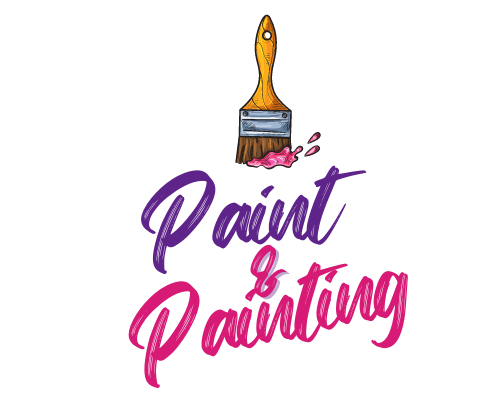Grenoble. Five months before the start of the 60th Venice Biennale, this solo by Julien Creuzet over 2,000 m2 obviously takes on another dimension, a prelude offering “a retrospective look at the extent of his work”. This does not prevent the fact that, as is often the case, we had to make do with a limited budget, which pushed the two curators, Céline Kopp and Cindy Sissokho, as well as the artist, to invent scenographic solutions. “If we want to architect a space like that of the CNAC Store in order, for example, to show films alongside other rooms and to isolate the sound, it quickly becomes very expensive,” notes Julien Creuzet. At the Palais de Tokyo, in 2019, the latter had already expressed his appetite for the museum space. “With an exhibition, he then declaredwe can tell a story. […] I tend to offer visions, […] a circulation device… I decide how I want to show. » At the Magasin, a contemporary art center, he opted for a radical separation, presenting a large group of sculptures on the one hand and his videos on the other.
It is the first of them, and the oldest, Oh telephone, black oracle… (2015) shown on a small screen, which gives its title, in the form of a poem, to the exhibition, and its nocturnal atmosphere to the selection of films and 3D animation gathered in the Great Gallery and the Auditorium. Visual artist, performer, video maker and poet, Julien Creuzet has chosen from the beginning to treat the titles of his creations as works in themselves. These poems could also serve as cartels, because he abhors the ready-made explanations which summarize an approach in a univocal way. “I want to tell people: don’t try to understand, feel! », he says in his slightly singing voice, devoid of tension and which we find in his films. He adds : “I like to cultivate secrecy. » Suffice to say that, due to institutional protocol, we will not know more about what he is preparing for the French pavilion, other than that his project will take up the scenography principles used at the Store – but which ones?
Martinique, where Julien Creuzet grew up and where he wanted the French pavilion press conference to take place next February, nourishes part of his imagination and his questions about the making of history. As when he cuts out, colors and mixes images taken from anthropology books published by the Ministry of Overseas Territories, with silhouettes of workers on plantations, black and white photos of tropical plants and birds, in a hypnotic collage punctuated by a half-Creole, half-English chant (Cloud cloudy glory doodles on the leaves pages, memory slowly the story redness sadness bloody redness on the skin2020).
What animated cinema allows
However, his work cannot be assigned to a territory or a problem: the horizontal sculptures arranged on the ground like metal lacework offer alternative geographies. The notion of exoticism, on the other hand, is recurrent. The video Zumbi Zumbi (2023), the latest created by the artist, in which a translucent body floats in an ocean of symbols, thus reminds us that the figure of the living dead exploited by the Hollywood industry owes a lot to voodoo culture. If exposure is the possibility “from somewhere else to here”, the techniques of animated cinema that Julien Creuzet uses make it possible to make impossible things appear, relating to the realm of dreams or the supernatural, such as these sparkling datura flowers in the middle of fufu fish. But also to hybridize video and sculpture, by scanning objects to make them appear on the screen, lemon, cigarette and cell phone ingested by a translucent body in the same way as a copious pan-African bibliography (Oswald de Andrade2021).
In the “interior street” of the Store, the sculptures create a landscape, a beach along which to stroll, imagining the colorful scraps gleaned here and there, scraps of fabric, wood, electrical cables, brass bells, vinyl, assembled in suspended compositions that are sometimes disheveled, sometimes limpid. A DIY aesthetic with no other intention than “to try to share an imagination open to others so that they can find their place there”.
Claiming to be an inventory, the exhibition does not include any new production and invites you to wander around punctuated by pivotal moments. A sculpture bringing together a shell and a sneaker refers to Julien Creuzet’s first personal exhibition in a Parisian institution, at the Pernod Ricard Foundation, in 2018. The video (Oswald de Andrade) recalls that he was among the finalists for the Marcel Duchamp Prize in 2021. This trajectory is also marked out by the works of artist friends, like so many benchmarks: the Bibendum Michelin fist raised in the style of Black Panthers by Bruno Peinado (The Big One World, 2000) is one of them. Its presence underlines how Julien Creuzet produces less isolated pieces, likely to become iconic, than spatialized fictions in which it is possible to move physically and mentally.







